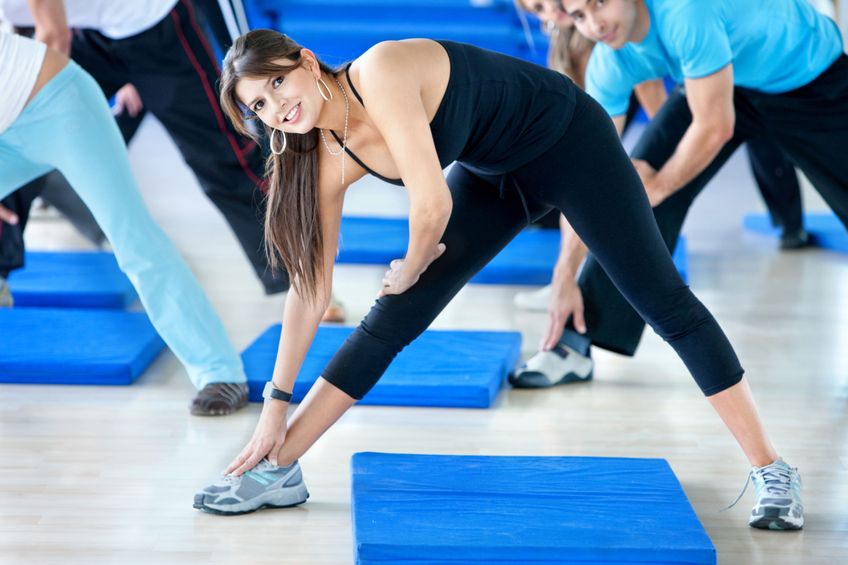 Stretching is important for both joint motion and muscle flexibility. And if you have recently suffered from an injury, stretching can help facilitate faster recovery. However, it is also important to note that if you do not know how to properly stretch or perform the wrong stretching exercises, your recovery can be hampered and you risk worsening your injury. It is for this very reason that it is advisable to opt for custom stretching programs Midtown specialists offer.
Stretching is important for both joint motion and muscle flexibility. And if you have recently suffered from an injury, stretching can help facilitate faster recovery. However, it is also important to note that if you do not know how to properly stretch or perform the wrong stretching exercises, your recovery can be hampered and you risk worsening your injury. It is for this very reason that it is advisable to opt for custom stretching programs Midtown specialists offer.
Specifically, how can stretching help you recover from an injury? In order to better answer this, it is worthwhile to divide the recovery period into phases.
For the first three days after suffering from an injury, patients need to undergo a RICER scheme: rest, ice, compression, elevation and referral (to a medical practitioner). A RICER scheme offers several benefits, including the shortening of the recovery period and providing a foundation for rehabilitation. Do take note that during this period, you should entirely avoid stretching the injured body part.
After the first three days, you will notice that the swelling may have subsided. Within the following 10 to 14 days, the injured area can be massaged and heat can be applied. The use of both static and passive stretching can also facilitate faster recovery. In static stretching, the affected muscles as well as the opposing muscles are put under tension and the patient is asked to hold the position to stretch the muscles. Passive stretching operates in the same way that static stretching is done. However, either an apparatus or another person assists the patient in stretching.
In the next two to five weeks, the focus of the stretching program shifts to restoring the former condition of the patient, in terms of strength, mobility and flexibility. Apart from stretching, the patient needs to perform strength building exercises. And aside from performing static or passive stretching, the patient may also utilize proprioceptive neuromuscular facilitation or PNF stretching. PNF stretching can deliver both an increase in flexibility and strength by stretching and contracting the targeted body part.
Upon full recovery, the goal then shifts toward preventing the injury from reoccurring. To achieve this goal, the person may perform dynamic and active stretching.Dynamic stretching involves the use of controlled bouncing or swinging motions within the limits of the muscle’s range of motion. Active stretching, on the other hand, makes use of opposing muscles to stretch the muscles that are being targeted.














